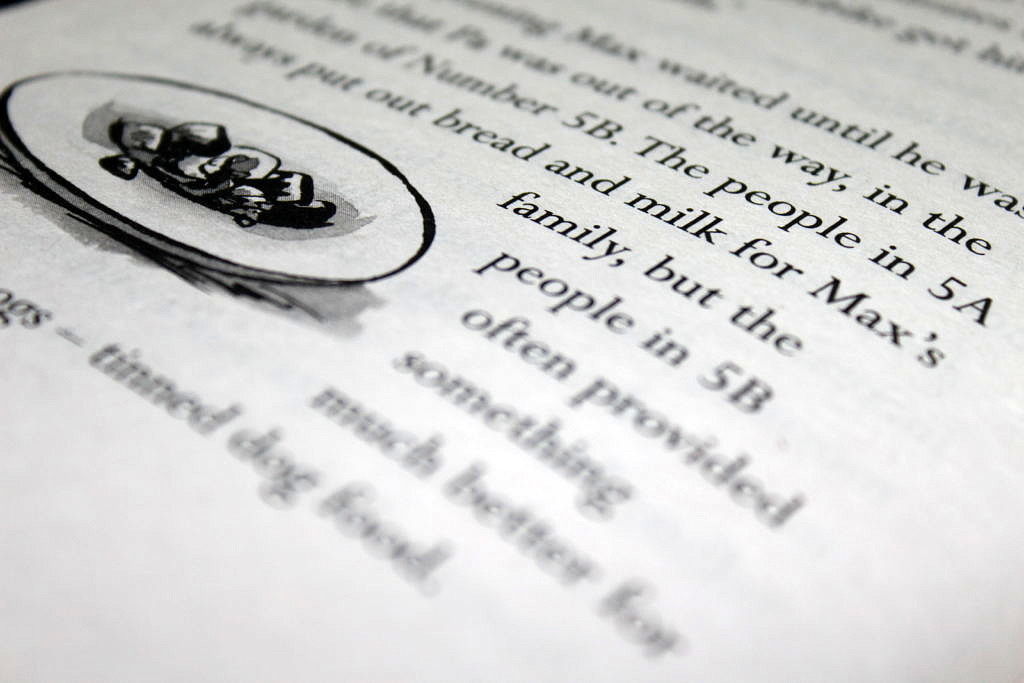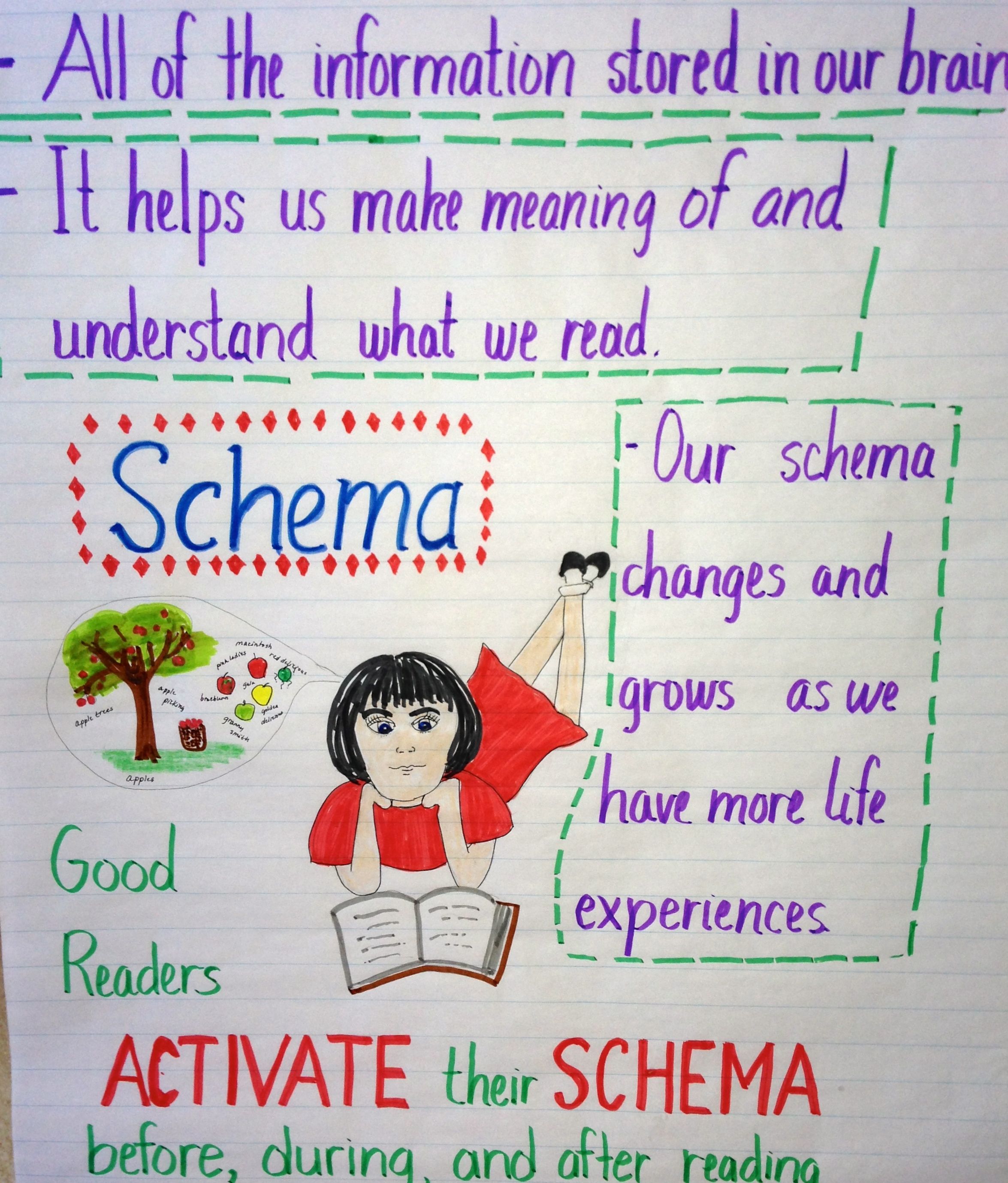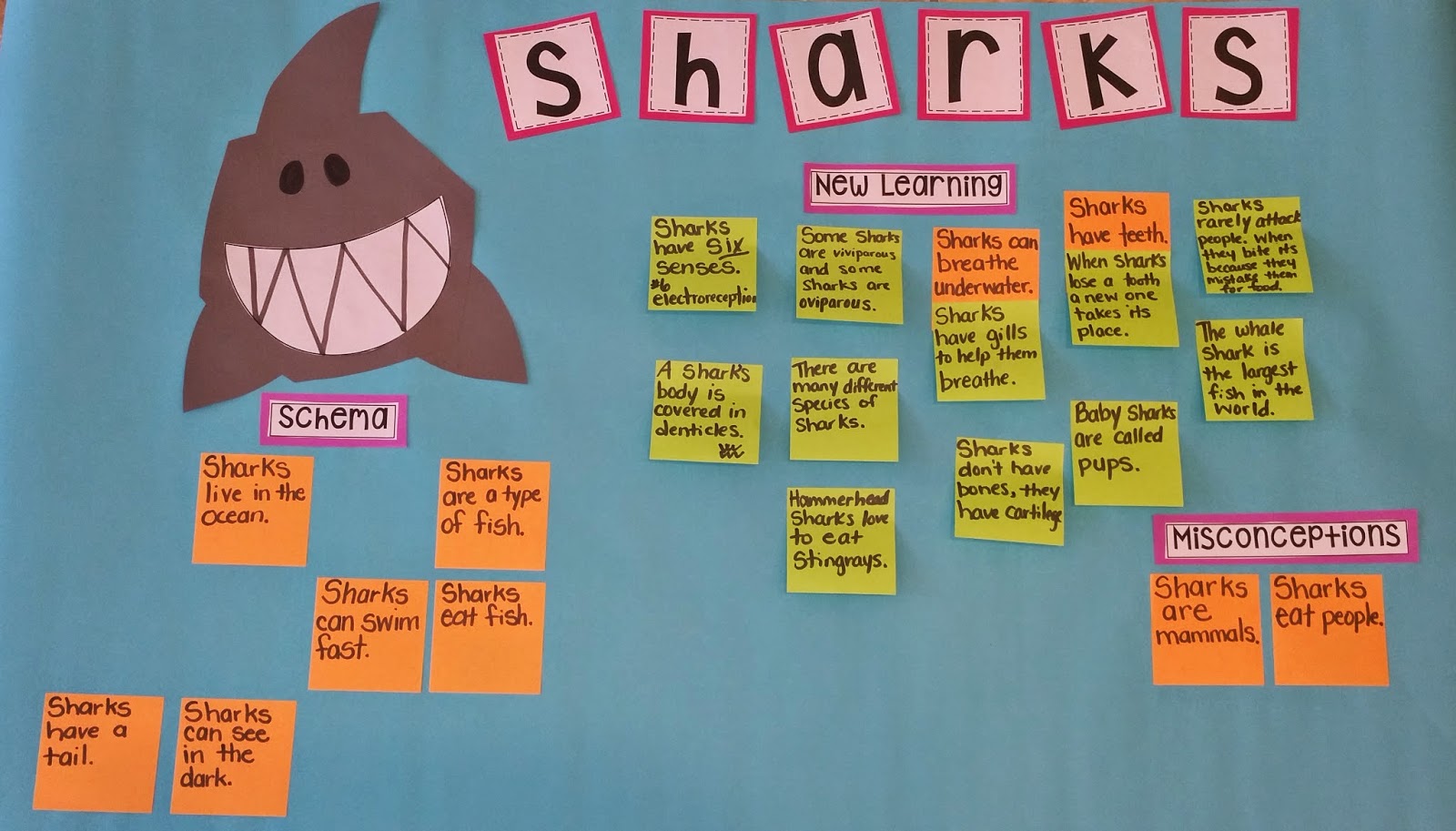If Reading is a process of actively constructing meaning and connecting prior knowledge with new information, then how do you do that? There has been much written about this, but for most teachers, the journey begins with the question of how can I improve the comprehension skills of my class?
What Is Reading Comprehension?
Before we explore that question, it is important to have a shared understanding of what reading comprehension is. Reading comprehension is defined as the process of simultaneously extracting and constructing meaning through interaction and involvement with written language. Those involved in working with learners will know that meaning is not just derived from the learner's exposure to the text. What the reader brings to the text is hugely significant. These aspects include all the capacities, abilities, knowledge, and experiences that the person brings to the act of reading. These abilities enable the reader to unlock meaning.
As teachers, we know that some children arrive with a very different set of knowledge and experiences about the world around them. We also know that accessing known knowledge and experiences is not an automatic function for some children. For these children, it is important to help them use their metacognitive skills in a way that will help them build reading schema.
every act of comprehension involves one’s knowledge
of the world as well
Anderson (1977, p.369)

What does the term Schema mean?
The term "schema" was first used in psychology by Barlett as "an active organization of past reactions or experiences" (1932,p.201), later schema was introduced in reading by Rumelhalt (1980), Carrell (1981) and Hudson (1982) when discussing the important role of background knowledge in reading comprehension (all cited in An, 2013).
This lecture describes schema theory as it relates to learning, comprehending, and knowing. Dr Johnson is Professor of Literacy at Minnesota State University and his delivery in this Professional development video is very easy to listen to.
[embedyt] https://www.youtube.com/watch?v=V4_Kio9pPwE[/embedyt]

What is reading schema?
Comprehension is making a sense out of text. It is a process of using reader’s existing knowledge (schemata) to interpret texts in order to construct meaning. Many reading experts agree that the schema theory is one of the reasonable theories of human information processing. Schemata, the plural of schema, are believed to be the building blocks of cognition.
Comprehension is one of the essential reasons for reading. It is generally accepted that if you read more your comprehension skills will increase. However, this is quite simplistic in some ways because it fails to acknowledge some of the other aspects that aid comprehension. Too often readers can read the words but do not understand or connect to what they are reading. The meaning is lost and they are unable to make sense of the text's meaning. Accomplished readers are both fluent and can, and have the ability to skills to make sense of what they read by marrying the new knowledge with existing knowledge.
How do you apply Schema theory to reading?
Schema can be applied in the pre-reading, while-reading, and post-reading phases. In the Pre-reading phase, teachers should explain words, phrases and sentence patterns, provide the context of the material, and remember that just because students know every word does not mean they will comprehend the material. While- reading is the comprehension phase where teachers should explain the detailed content and different customs or historical culture related to the article. In the post-reading phase, teachers can implement discussion, role-playing, or writing assignment to test understanding.
Building off of this is the tapestry of thought which encourages students to make three main types of connections, text to self, text to world, and text to text. In the text to self-connections students connect what they have been reading back to their personal experiences. In the text to world, students construct an understanding of the world as it relates to the context of the story. In the text to text connections, students relate the concepts to another reading in class.
Application To Other Areas Of Learning
Students optimise learning opportunities when they can relate new knowledge to previous knowledge by using their schemas. Teachers should use teaching strategies that capitalize on students existing schemas in order to integrate new information. A skilful teacher will use questioning to help children make these connections and assimilate this new knowledge to their existing knowledge and understanding of the world. Although much of the research regarding schema theory in education is done around reading, it can be applied to any subject. It is vital that knowledge gleaned in other subjects is used in a holist way. In order for teachers to understand how individual students learn, they must understand how their schemas work.
The picture above shows what a schema chart looks like after we’ve worked on a topic for several days. Read more





